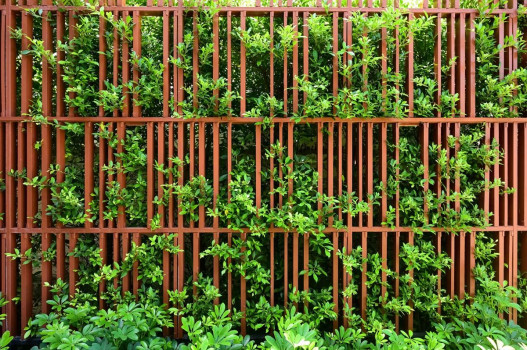“Knowing the Unknown – Brutalism Architecture Archive, Hong Kong”Exhibition




Time: 9th August – 22nd August, 12:00 – 19:00
A Stage Reclaimed
Following 1000 days of research on brutalist architecture in Hong Kong, unexpectedly, numerous dusty archives that were once scattered everywhere have been found. These archives include original building plans, design sketches, old photographs, publications, as well as introductory texts and documents from architects’ studios. One of the most astonishing discoveries amongst them is the scale model of Stewards Pooi Tun Secondary School, once featured in the March 1972 issue of Asian Architect & Builder magazine. Until today, it is well preserved by the school for over half a century.
Perspective from Frontline
In September 2021, “Brutal! - Unknown Hong Kong Brutalism Architecture”, the exhibition at Openground introduced newly discovered cases through the perspective of the research team. Meanwhile, this current exhibition at Form Society, titled “Knowing the Unknown – Brutalism Architecture Archive, Hong Kong” focuses on first-person perspectives from the past, travelling back to the architectural frontline between 1960s and 1970s, allowing us to observe closely how predecessors built and why they chose to be brutal. The discussions and evaluations of Hong Kong brutalist architecture are then based on genuine and objective archival data, regardless of being positive or negative.
The searching for archives is sporadic, while the collection process is non-linear. In the end, the materials on Wai Szeto, Peter Yen Shou Pun, Ronald Cho Yiu Poon, and Samn Lim are relatively abundant. Their brutalist architectural style differs, the social significance and cultural value varies as well. Wai Szeto, being highly prolific, combined the roles of architect, engineer, and artist, was a leading figure (Protagonist). Peter Yen Shou Pun introduced and innovated numerous groundbreaking structural engineering techniques, making him a progressive figure (Progressivist). Ronald Cho Yiu Poon, was fascinated by traditional brutalist architectural trends in the UK, carried on pursuing traditions of English brutalist architecture, making him a purist (Purist). Samn Lim, with a strong design sense, was a talented student during his time at Department of Architecture, the University of Hong Kong. His designs are highly discerning, interweaving spaces and forms through bold variations of horizontal and vertical lines, making him a precisionist (Precisionist). Apart from archival data on these four architects, the exhibition also includes publications from that era, offering a clear and comprehensive picture of the socio-cultural background.
An Unfinished Epilogue
Despite the team effort of twenty people over the course of three years, numerous subjects remain unknown and await investigation. For example, the biographies of Kai Heem Chau, Jon Alfred Prescott and Arthur Koon Hing Cheang are still incomplete. There are no records regarding the scopes and responsibilities of other architects at Wai Szeto’s studio. The brutalist works from the Public Works Department are particularly challenging to investigate (the magazine, Far East Builder once reported several cases, and architect Dennis Wing Kwong Lau mentioned that concrete was commonly used as building finishes by government architects, indicating a high level of design quality).
As one ventures forth, homes are inevitably emptied, and records lost to oblivion. Recollection of forgotten tales, realms known or unknown, entails an undying quest.
Through field inspections, documentary photography, literature readings, archive searches, reproduction of plans and digital models, and exchanges of dialogue, the brutalist architecture, once hidden in the concrete jungle finally reclaim its own stage. Figures that have long been unseen can now re-draw the public’s attention. Many may have some foundation knowledge about Hong Kong brutalist architecture by now, as design characteristics, historical context, cultural background, and current state of each case are elaborated in the book “Unknown Brutalism Architecture in Hong Kong”.




 Indonesia
Indonesia
 New Zealand
New Zealand
 Philippines
Philippines
 Hongkong
Hongkong
 Singapore
Singapore
 Malaysia
Malaysia







